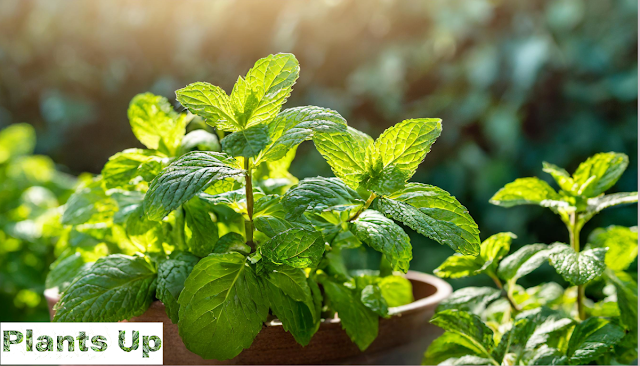 |
| Indoor Gardening Tools and Supplies |
Indoor gardening can be a fulfilling hobby for many, and having the right tools and supplies is essential for success. Whether you're a beginner or a seasoned indoor gardener, there are a few essential tools and supplies that are necessary to maintain healthy and thriving plants. In this article, we'll discuss the best indoor gardening tools and supplies that you should consider adding to your collection.
Pruning Shears: Pruning shears are a must-have tool for any indoor gardener. These small hand-held tools are used for trimming and pruning plants, removing dead or diseased leaves, and shaping plants. A good pair of pruning shears should be sharp and easy to handle, and should be made of high-quality materials that won't rust or corrode over time.
Watering Can: A watering can is an essential tool for indoor gardening. It allows you to water your plants without making a mess, and it ensures that the water is distributed evenly throughout the soil. Look for a watering can with a long spout that can reach deep into the soil, and make sure it has a comfortable handle for easy pouring.
Plant Labels: Plant labels are a great way to keep track of your plants and their care instructions. They can be purchased in a variety of materials, including plastic, metal, and wood. Make sure to label each plant with its name and any other important information, such as its ideal light and watering requirements.
Grow Lights: If you're growing plants indoors, it's essential to have adequate lighting. While natural light is ideal, it's not always possible to provide enough light for your plants. Grow lights are designed to provide the right spectrum of light for plant growth, and they come in a variety of sizes and styles to suit different indoor gardening setups.
Potting Soil: Potting soil is a critical component of indoor gardening. It provides the nutrients and support that plants need to grow and thrive. Look for a potting soil that is specifically designed for indoor plants, and make sure it contains a mix of organic materials, such as peat moss and vermiculite.
Fertilizer: Indoor plants require regular feeding to maintain their health and vigor. There are many different types of fertilizers available, including liquid, granular, and slow-release formulas. Choose a fertilizer that is specifically designed for indoor plants and follow the instructions carefully.
Humidity Tray: Many indoor plants thrive in humid conditions, and a humidity tray is an easy way to provide them with the moisture they need. A humidity tray is simply a shallow dish filled with water that is placed beneath the plant's pot. As the water evaporates, it creates a humid microclimate around the plant.
Gardening Gloves: Gardening gloves are an important tool for indoor gardening. They protect your hands from thorns, prickles, and other hazards, and they can help prevent the spread of pests and diseases from plant to plant. Look for gloves that are durable and comfortable, and make sure they fit well.
Some additional points you should not ignore, here are these:
- Watering tools: Consider including watering cans, spray bottles, and watering spikes to help with consistent and precise watering.
- Fertilizers: Include a section on different types of fertilizers, including organic and synthetic options, as well as how to use them properly.
- Pots and containers: Discuss different types of pots and containers, including plastic, clay, and ceramic, and their pros and cons. You can also include self-watering pots or planters, hanging baskets, and terrariums.
- Pruning tools: Include information on pruning tools, such as pruning shears and scissors, and how to use them to maintain the health of your plants.
- Lighting: Discuss different types of indoor lighting options, including natural light and artificial lighting, and how to determine the best light conditions for different plants.
- Soil testing kits: Consider including information on soil testing kits, which can help determine the pH level and nutrient content of your soil.
- Pest control: Mention different types of pest control products and methods, such as insecticidal soap and neem oil, and how to prevent and treat common indoor plant pests.
- Humidity control: Discuss the importance of proper humidity levels for indoor plants and include information on tools such as humidifiers and hygrometers.
- Gardening gloves: Mention the importance of wearing gloves while gardening to protect your hands and include different types of gloves suitable for indoor gardening.
- Plant markers: Include information on different types of plant markers, such as plastic or wooden sticks, and how to use them to keep track of your plants.
In conclusion, indoor gardening can be a fun and rewarding hobby, and having the right tools and supplies is essential for success. Whether you're a beginner or a seasoned indoor gardener, make sure to invest in these essential tools and supplies to keep your plants healthy and thriving.
Hope this will help you to choose right tools for your garden. Happy Gardening!
Thanks for visiting Plants Up!
